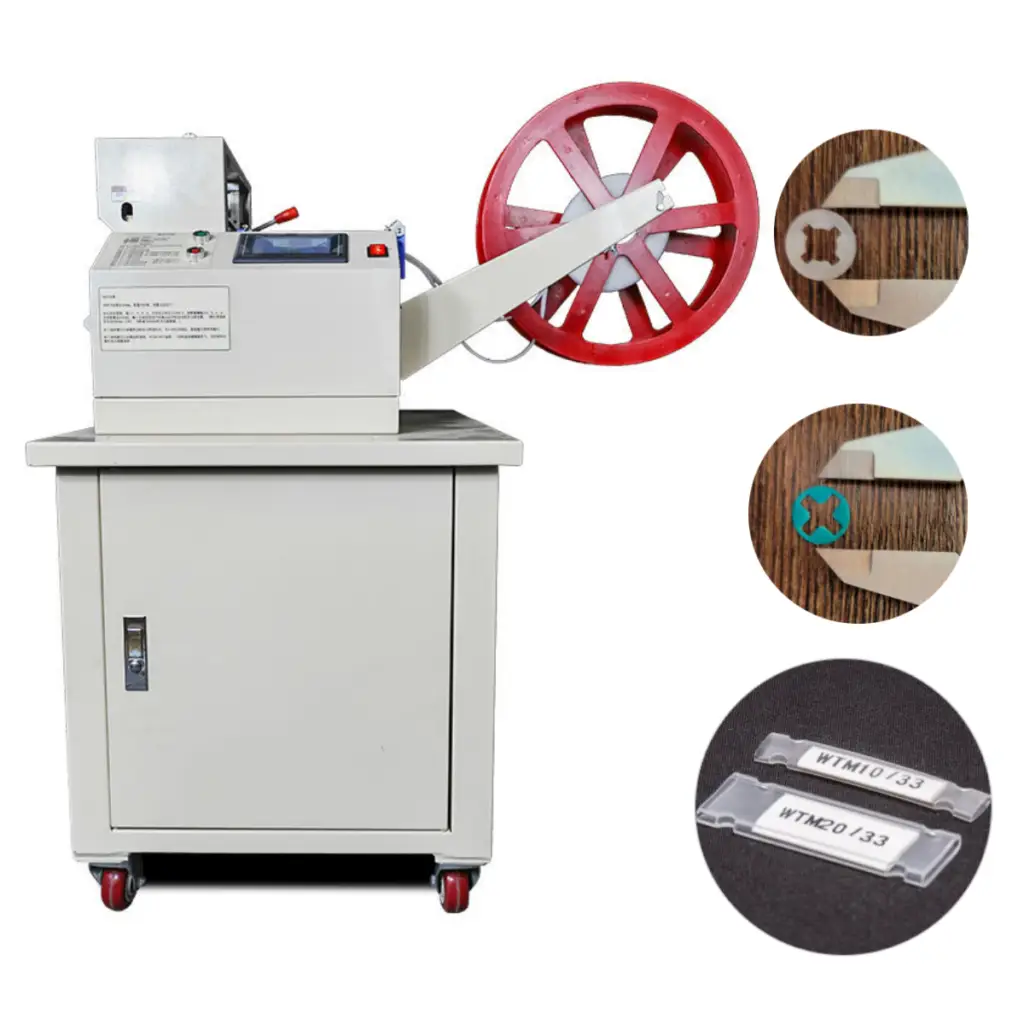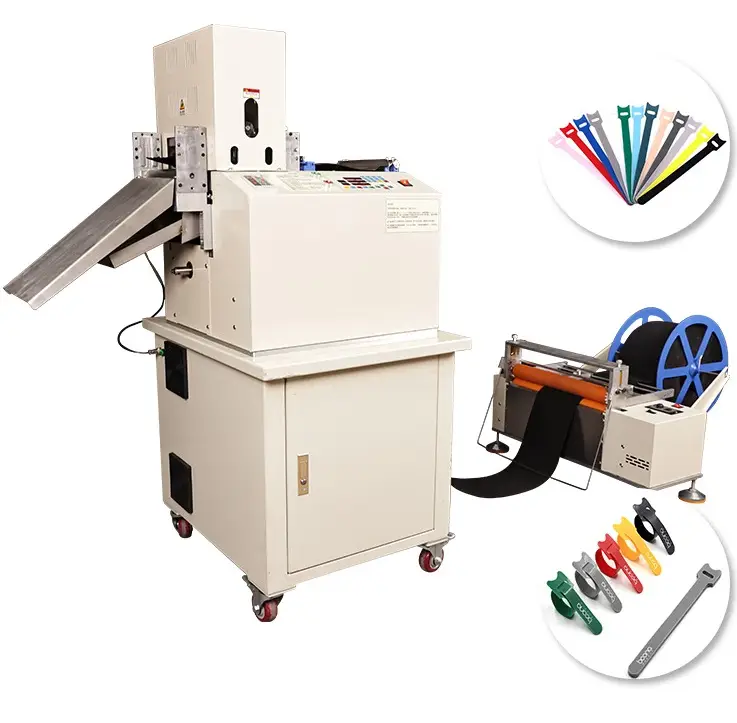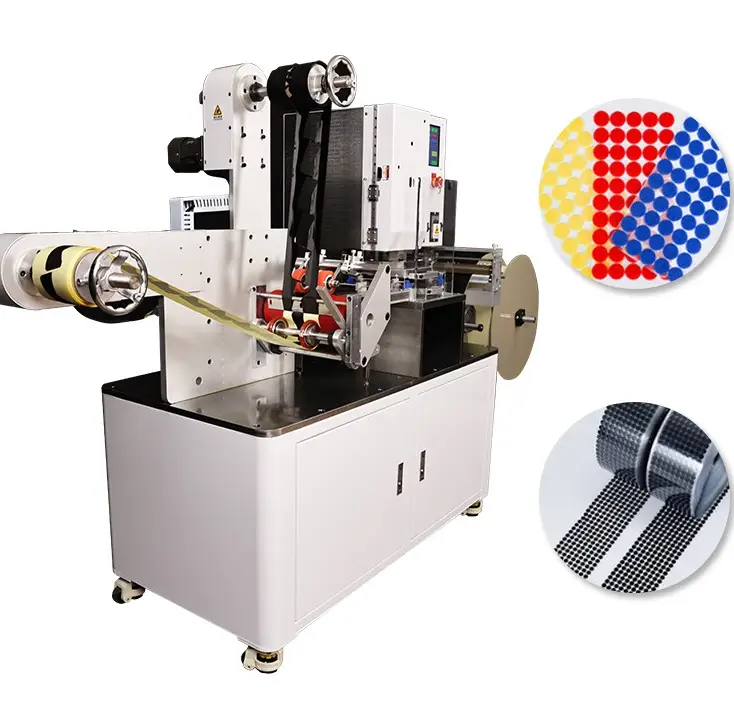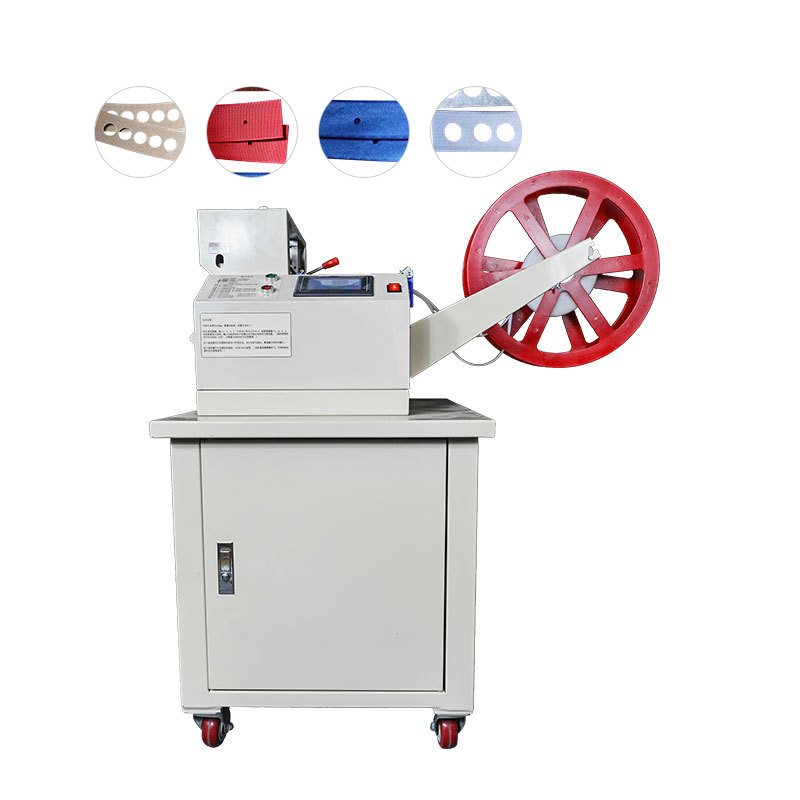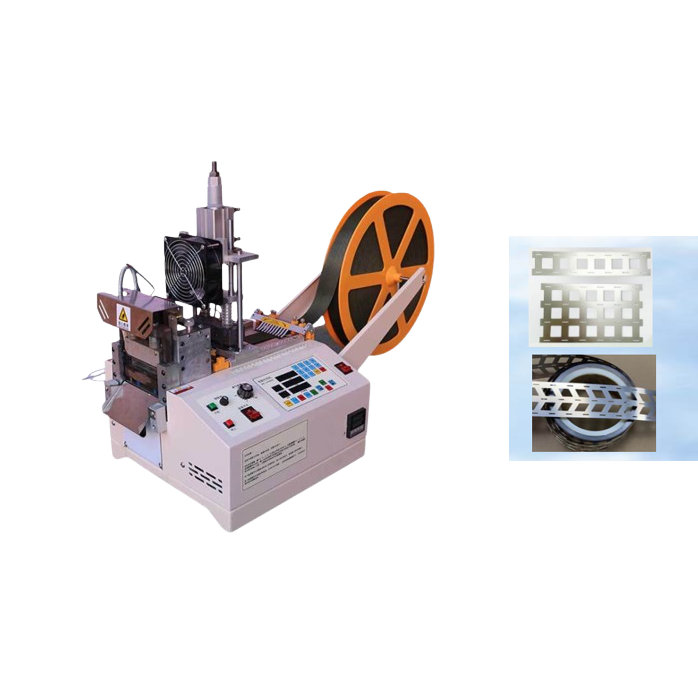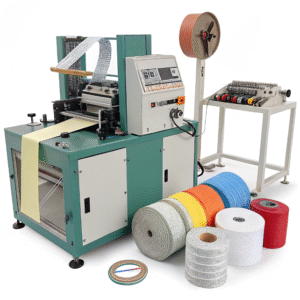How to train staff for operating a Velcro cutting machine effectively?
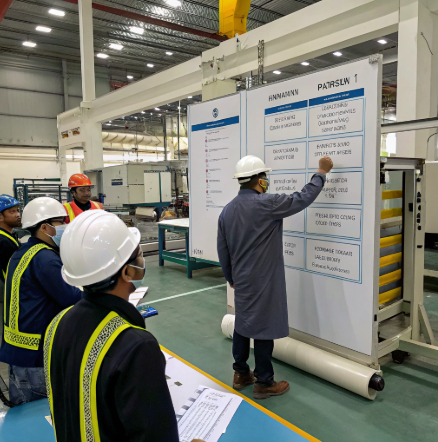
Even the best cutting machine can fail if the operator doesn’t know how to use it properly.
Staff should be trained in machine setup, tension control, digital settings, and basic maintenance to operate Velcro cutting machines efficiently and safely.
Effective Velcro cutting machine operation requires comprehensive staff training in areas like machine setup, digital interface use, tension adjustment, and safety protocols. Operators must also understand material behavior and perform routine maintenance to ensure consistent performance. At Suzhou Haoxinhe Electrical Equipment Co., Ltd., we provide step-by-step training programs, including hands-on instruction, remote sessions, and multilingual guides, to help teams reduce downtime and optimize output. With the right training, even new operators can run Velcro cutting machines efficiently, safely, and with high precision.
At Suzhou Haoxinhe Electrical Equipment Co., Ltd., we support our clients with easy-to-follow training resources to help every operator—from first-timers to experienced technicians—run our machines with confidence.
What skills do operators need to run these machines?
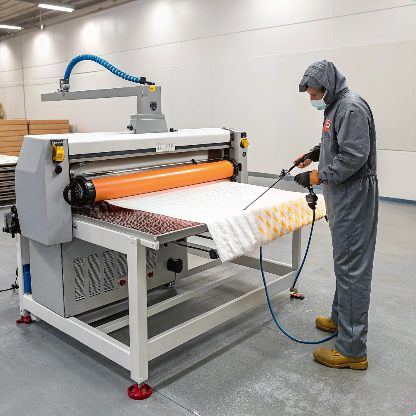
Velcro cutting machines are not “plug and play.” Precision cutting requires careful setup and constant monitoring.
Operators need mechanical awareness, digital input skills, safety knowledge, and a basic understanding of material behavior to run cutting machines effectively.
Let’s break down the skills and training steps that have helped our clients worldwide—from Canadian packaging shops to Singaporean labs—optimize their workflows.
🎓 Core Skills Required by Velcro Cutting Operators
1. Machine Setup and Calibration
Operators must:
- Load Velcro rolls correctly
- Set cutting length, temperature, and speed
- Align feeding rollers and tension control systems
We ship our webbing ribbon cutting machines with visual guides showing how to set blade pressure, heat level, and feed spacing.
2. Understanding Material Behavior
Different Velcro types (hook, loop, foam-backed, adhesive) respond differently to:
- Heat
- Pressure
- Tension
Operators need to recognize when a material is melting, fraying, or jamming—and how to respond. We include material-specific presets in our hot and cold cutting machines to simplify this.
3. Digital Interface Navigation
Modern machines require:
- Inputting length (e.g., 300mm)
- Adjusting blade temperature (e.g., 180°C for nylon)
- Setting cut quantity and speed
Touchscreen interfaces are intuitive, but training ensures operators avoid errors like incorrect batch counts or heat overload.
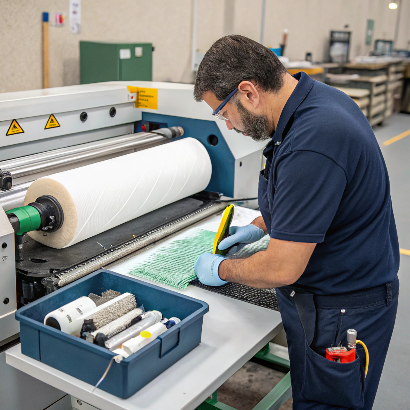
4. Safety Protocols
Operators must be taught to:
- Use emergency stop buttons
- Never reach near the blade while powered
- Wear heat-resistant gloves and no loose clothing
Our protective foam cutting machines and PVC edge banding cutting machines include training stickers near danger zones to reinforce safe habits.
5. Basic Maintenance
Operators should:
- Clean blades after each shift
- Check sensors and rollers weekly
- Replace worn parts as scheduled
We provide preventive maintenance checklists with each machine, translated into multiple languages.
📘 Recommended Training Program
| Day | Topic | Method |
|---|---|---|
| Day 1 | Machine Components Overview | Hands-on tour |
| Day 2 | Digital Panel Operation | Simulation & test run |
| Day 3 | Material Handling & Presets | Guided practice |
| Day 4 | Blade & Tension Adjustment | Demo with instructor |
| Day 5 | Safety & Maintenance | Practical test + quiz |
Suzhou Haoxinhe also offers remote training sessions via video calls, especially for overseas buyers. For large-volume clients, we include on-site setup training with machine delivery.
🛠 Tools We Provide for Operator Training
- Multilingual manuals (English, Spanish, French, etc.)
- QR codes linking to setup videos
- Laminate-ready operation charts
- Blade replacement guides
- Tension setup diagrams

🧩 Role-Based Learning Path
| Role | Skill Focus |
|---|---|
| Entry-Level Operator | Preset use, safety basics |
| Technician | Calibration, diagnostics, blade care |
| Supervisor | Scheduling maintenance, staff coaching |
| Maintenance Lead | Replacing motors, wiring, controllers |
Having clearly defined training levels helps our clients build consistent teams. Even in small workshops, having a trained “machine lead” reduces downtime and avoids expensive errors.
🏭 Success Case: Mark’s Factory in Canada
Mark was running multiple shifts with limited machine knowledge. We helped him:
- Train his staff on digital settings
- Teach them to change blades safely
- Set up preset profiles for each Velcro roll type
In just two weeks, they cut downtime by 40% and improved batch consistency.
Conclusion
Well-trained staff ensure your Velcro cutting machines run safely, accurately, and with minimal downtime—protecting your investment and maximizing output.
Insights
In over 20 years supporting industrial clients, one thing is clear: a well-trained operator is more valuable than a brand-new machine. I’ve seen world-class cutters underperform simply because the team wasn’t trained to handle variable tension or use digital presets correctly.
One winning tactic? Role-based training. When you assign responsibilities—like one person for setup, another for calibration, and another for maintenance—you build accountability and reduce errors. It’s how factories in Germany and Canada keep their lines running shift after shift without variance.
Another pro move: visual SOPs (standard operating procedures) mounted next to each machine. Quick visual references—like blade temp settings for each Velcro type—reduce mistakes and boost confidence, especially in multilingual teams.
At Suzhou Haoxinhe, we treat training as a competitive edge. Our clients don’t just buy machines—they gain a system that’s easy to learn, scalable across teams, and designed to deliver consistent results regardless of operator experience.
Suzhou Haoxinhe Electrical Equipment Co., Ltd. provides comprehensive training support for all Velcro cutting machines. From beginner-friendly guides to advanced machine diagnostics, we help B2B buyers empower their teams with the skills they need—whether they’re running webbing, foam, PVC, or sticky Velcro cutting systems.

